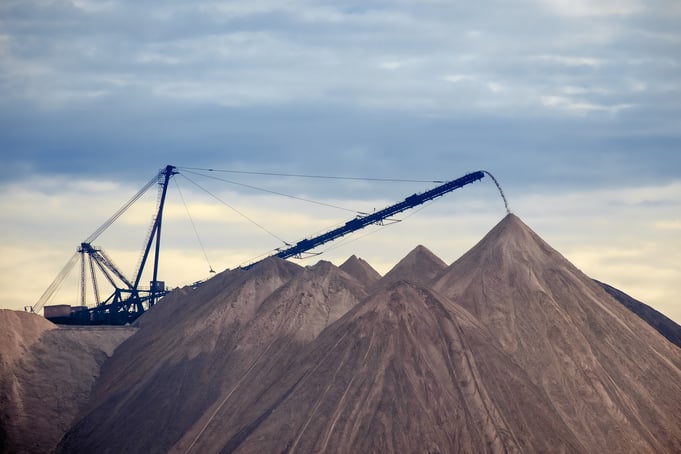
Clay body formulation has been in a continuous evolution since the modern-day tile industry trended towards large and more aesthetic in appearance. This evolution is calling for adjustments to achieve required performances whilst optimizing production costs.
STANDARDIZED FORMULATIONS
Historically body formulations have been developed by using locally available raw materials or by matching existing ones. Porcelain Stoneware or Monoporosa are a good example of local clay utilization whilst following technological and marketing demand. Whereas in emerging countries Italian machinery producers were transferring formulations they had successfully developed and standardized in Spain or Italy as a way to create a more homogeneous base for future developments.
STATE-OF-THE-ART REQUESTS
As the market has begun to demand larger and thinner tiles and facades with increased technical performance manufacturers have had to revisit and “tweak” body formulations to allow these new applications to be feasible and economically affordable.
At this point in time we are seeing a trend with some manufacturers where a large proportion of plastic raw materials are being removed from body formulations meaning that certain ceramic tiles may no longer have any clays in their formulations. This change in thinking now requires the use of alternative raw materials using binders or an optimized material composition whereby particle size distribution is a key operating factor.
AVAILABLE RESOURCES
In general a ceramic tile body will contain four basic ingredients
- Clays/stabilizing suspensions (in the wet route) to give good plasticity for shaping and mechanical strength in the unfired state. During the firing process these clays can act as a flux (illite) or a mullite pre-cursor (kaolinite)
- Fluxing agents which melt to become liquids at high temperatures to increase fired density of the bodies. Typically feldspars are the most widely known and used
- Inert fillers to aid the inner particle structure of the body. Typically the main fillers are quartz or silica sand.
- Additives to control the porosity/water absorption or enhance both colour and opaqueness. Many variants are available and their presence will depend on the requirements that each formulation presents along the process.
Any of these above components can be optimized for the required performance in different applications. The required balance of these components will generate the best behaviour throughout the production process.
NEW ADDITIVES IN THE ARENA
There are two different approaches to investigate for body formulation improvements
- Inorganic additives – when using special clays like bentonite you can minimize the clay fraction but no improvements to either green or dry strengths can be seen. The use of alternatives like phosphates or resin bonded formulas may be available but are cost inhibited unless extreme changes to performance become a prerequisite
- Organic additives – the main trend today is for increased use of green chemicals where biopolymers have a clear advantage. Oil based chemical are also available but their carbon footprint can be too high and their cost/performance ratio may limit their applications.





